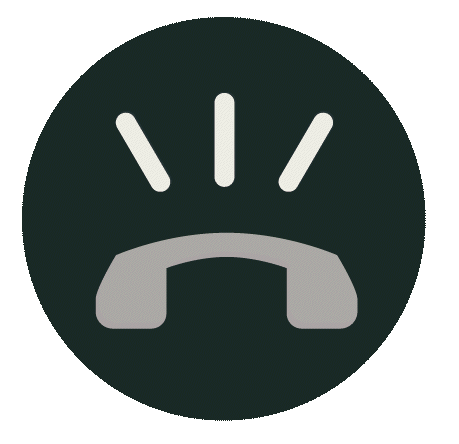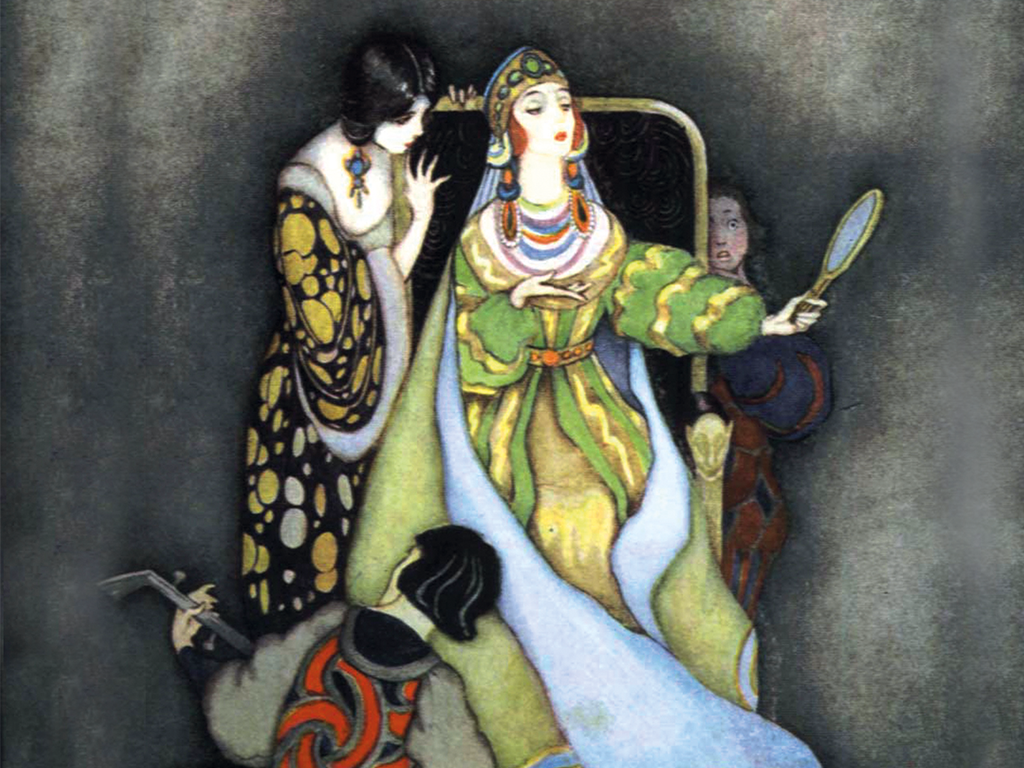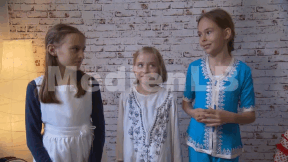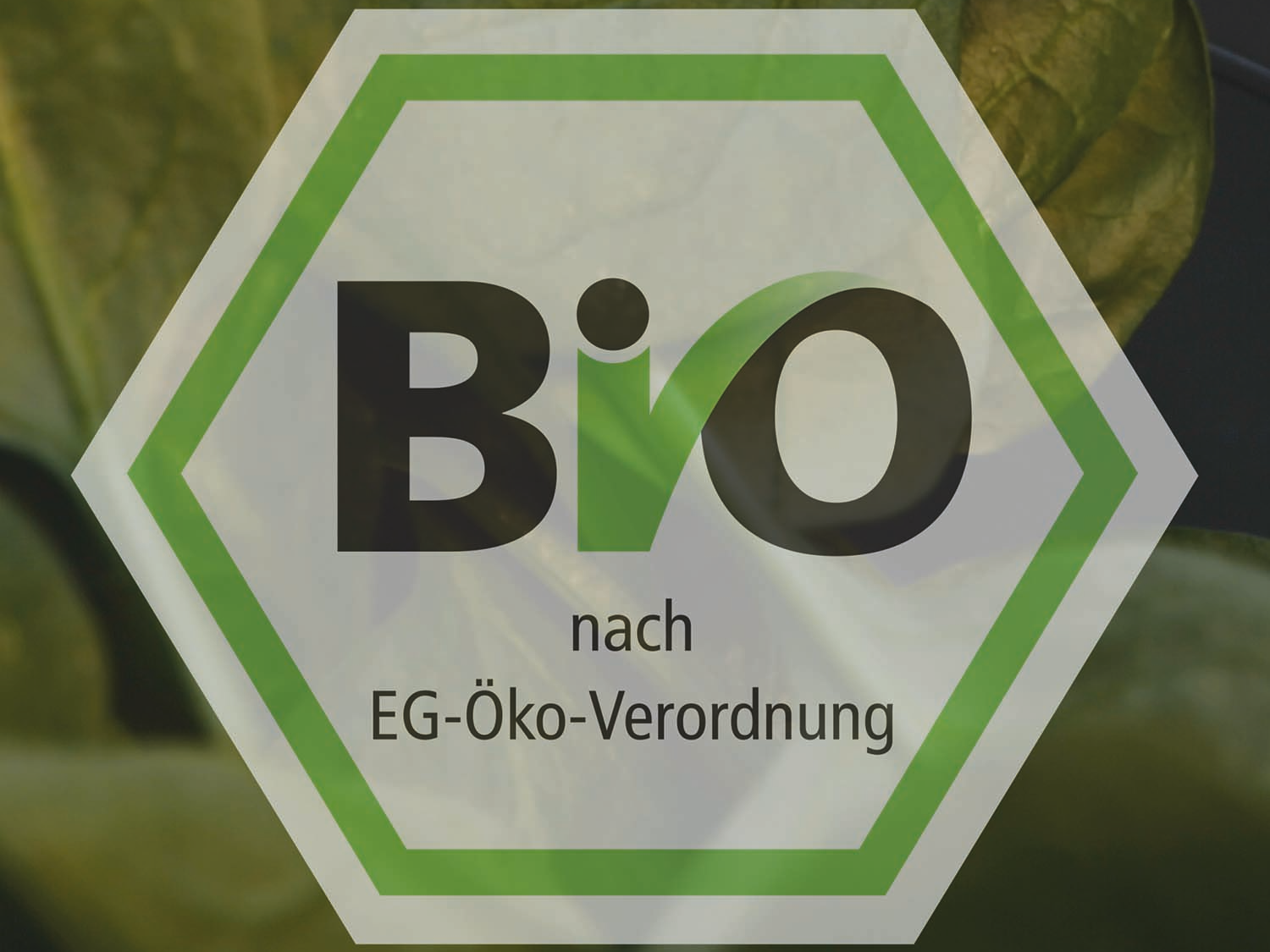 Primary School
Primary School
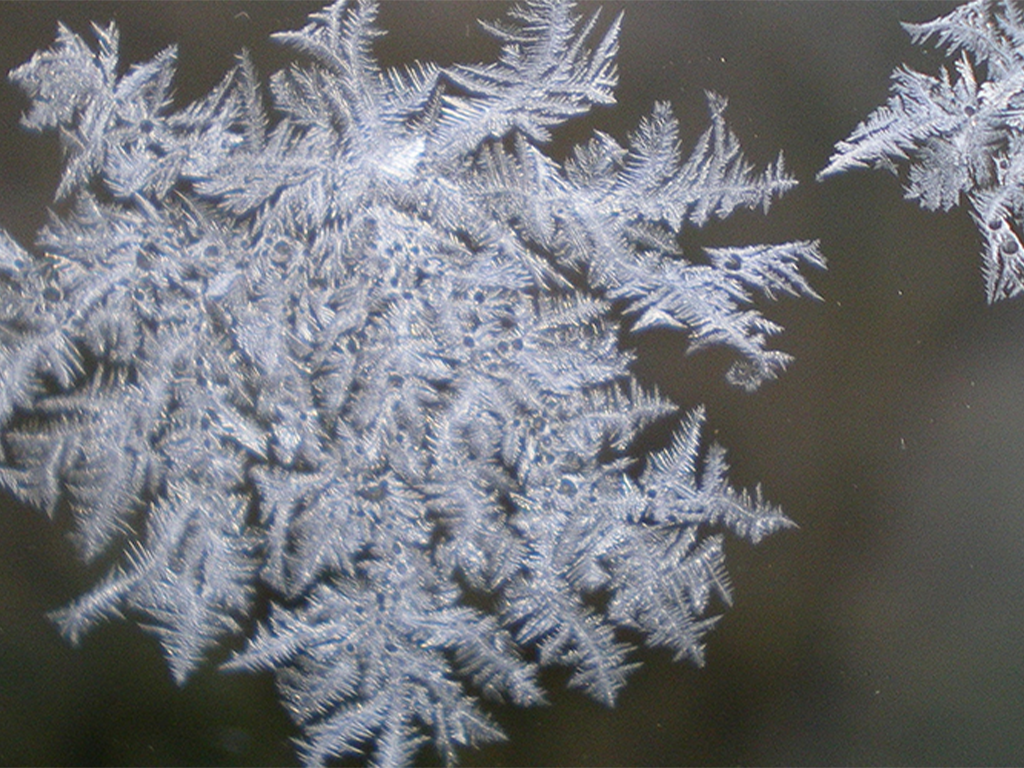

4658331 / 5551751
Magical World of Snow
Fascinating Insights
With descriptive real and trick sequences, the film explains how snow forms and what different kinds of snow crystals there are. We observe a snow researcher at work and watch growing snow crystals under a microscope in spectacular close-ups. The film also answers the questions why snow looks white to us or crunches; it shows sledge dogs in action and explains ingenious survival strategies of animals in winter. Other clips show the joy of some winter sports but also point out their dangers. A tourist guide explains the precautionary measures to avoid a possible risk of avalanches. The topic of snow cannons is also covered in the film – like glaciers, too, or artificial snow in a slightly unusual use. Comprehensive, interdisciplinary accompanying material consolidates and deepens the knowledge of the subject.
Play trailer

Curriculum-centred and oriented towards educational standards
Matching
Seal of approval
Quality seals such as the "Bio-Siegel", "Blauer Engel", "Stiftung Warentest" and up to 1,000 other seals represent characteristics such as sustainability, health or safety with regard to a product, a service or even a company.

